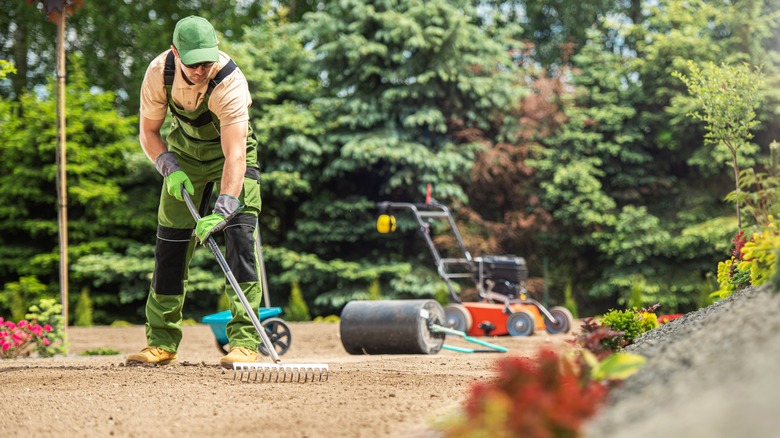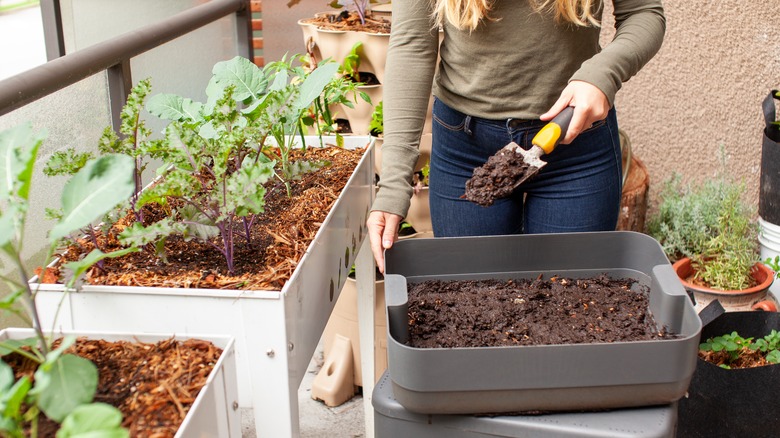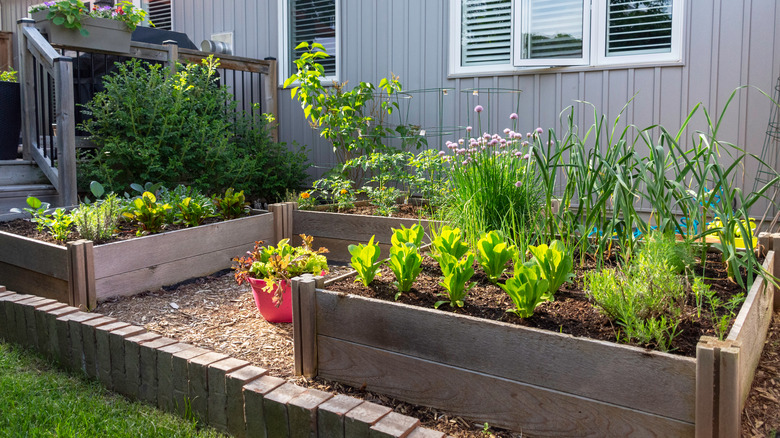What Is Lasagna Gardening And How To Use It To Create A New Planting Bed
Are you thinking about growing a garden in your yard? Before you can reap the benefits of fresh organic produce, you must know if your yard has everything your plants need to live. Everyone knows a garden needs sunlight and water, but there's more to it than that. Nutrient-dense soil is just as necessary. Without it, your plants won't have anything to feed on to promote growth.
Soil that's packed with nutrients will look darker than dirt and crumble between your fingers. Before starting a garden in your yard, you should test the soil. One way to do this is by checking if there are a lot of organisms living in it. Dig a hols about 6 inches deep and watch how many bugs you see moving around, including worms, spiders, or beetles. If you notice less than 10 after watching for 4 minutes, your soil is not nutritious. Fortunately, you can use lasagna gardening to add the necessary minerals to your yard.
What is lasagna gardening?
Lasagna gardening is in no way a new practice. It's also known as sheet composting and is used to turn any patch of land into a healthy place to grow plants. This method is helpful because it allows anyone to grow a garden, regardless of their natural soil composition. It's also a great way to fill raised beds. Sheet composting took on the name lasagna gardening because you build it by layering different materials. The base is often brown items like cardboard that will add carbon to the soil, then green layers are added for nitrogen.
Similarly to composting, this method is perfect for reusing waste that would otherwise end up in the trash. As the layers decompose, they release nutrients into the soil that you can later use for growing a garden. However, there are downsides to using this method. Since you need trash for the layers, you want to ensure they're safe to use. Some cardboard is shiny because it's processed with plastic which should be avoided because it will release microplastics. Lasagna gardens also take a while to decompose and provide nutrients to the soil, but you can combat this by adding more nutrient-rich materials to the layers.
How to use this method in your garden
When you're ready to start lasagna gardening, you'll first need to choose an area in your yard. It should have all the requirements for the plants you want to grow, like bright sunlight. You can make it a raised bed with some wood or create it without any strict boundaries. Brooklyn Botanic Garden recommends starting with a 4-foot by 8-foot area that's no more than 3 feet high because it'll be more manageable.
Once you have all your materials, you'll put down cardboard as the first layer to kill any weeds in the dirt below. The next layer should be scraps from your yard, like small branches and grass clippings. Then put down about 8 inches of straw or leaves that you raked. Now you should heavily water the bed because the bacteria you need for your compost thrive in moisture. The next layer is the same as the last, but you don't want it to get wet so it can stay fluffy; that way, there's room for oxygen. Repeat these layers until you've filled your bed, finishing it with one final watering. You should start this process in the fall so it has time to decompose. Then when you're ready to add your plants, add about 5 inches of soil, and your garden is ready to start growing.


